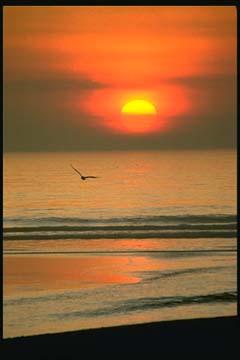The image is of a seagull, a member of the animal kingdom.
Corel Photography
The Origin of Life on Earth
At one time or another, we've probably all wondered how life first got
started. This is not an easy
question! There are at least three kinds of explanations for how life on
Earth began:
1) Life was created. Some people believe that life on Earth was created
by a supreme being or spirit. These ideas have been around for a very
long time and differ among different cultures and religions. We can't use
science to test these ideas, so we leave it to each person to decide for
him- or herself.
2) Life began somewhere else in the universe, then arrived on Earth
later, such as with the
crash of a comet.
3) Life began on Earth by chance. Many scientists believe that life
began as the result of complex chemical reactions that took place in the
Earth's atmosphere 3.5 billion years ago. When chemicals in the
atmosphere interacted with
the electricity from lightning, certain substances formed that were
necessary for
early forms of life. In the 1950's, two
biochemists conducted an
experiment which
showed how this could happen in the laboratory.
You might also be interested in:

The first beings were probably much like coacervates. As a group, these bacteria were heterotrophic , meaning that they ate food which came from somewhere else. Because there was virtually no oxygen in
...more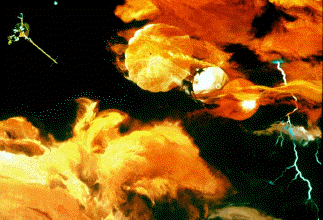
Jupiter's atmospheric environment is one of powerful winds, going 250 miles per hour, and temperatures from -270 degrees to +32 degrees (freezing temperature). These winds make it hard for life forms to
...more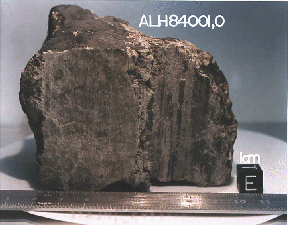
In July, 1996 a team of scientists said that they had discovered possible fossils of bacteria in a meteorite named ALH84001 that came from Mars. It was found in Antarctica in 1984 after having landed there
...more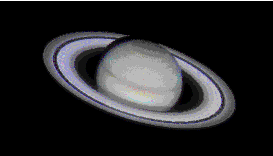
Saturn's atmospheric environment is one of powerful winds, going 250 miles per hour, and temperatures from -270 degrees to +80 degrees. With winds like these, it is hard to have peace and quiet. The region
...more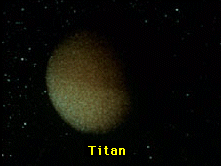
The air of Titan is a lot like the Earth's, except that it is very cold, from -330 degrees to -290 degrees! Like the Earth, there is a lot of Nitrogen and other complex molecules. There also may be an
...more
Organisms that are able to "make their own food" are called autotrophs, meaning "self-feeders". Some examples of autotrophs are plants and algae (shown in the picture). Both plants and algae use photosynthesis
...more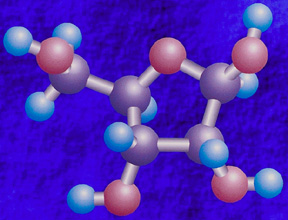
In the warm early ocean, large molecules came together into a form called *coacervates*. Molecules such as these will form coacervates in the same way that beads of vinegar in oil come together. These
...more
